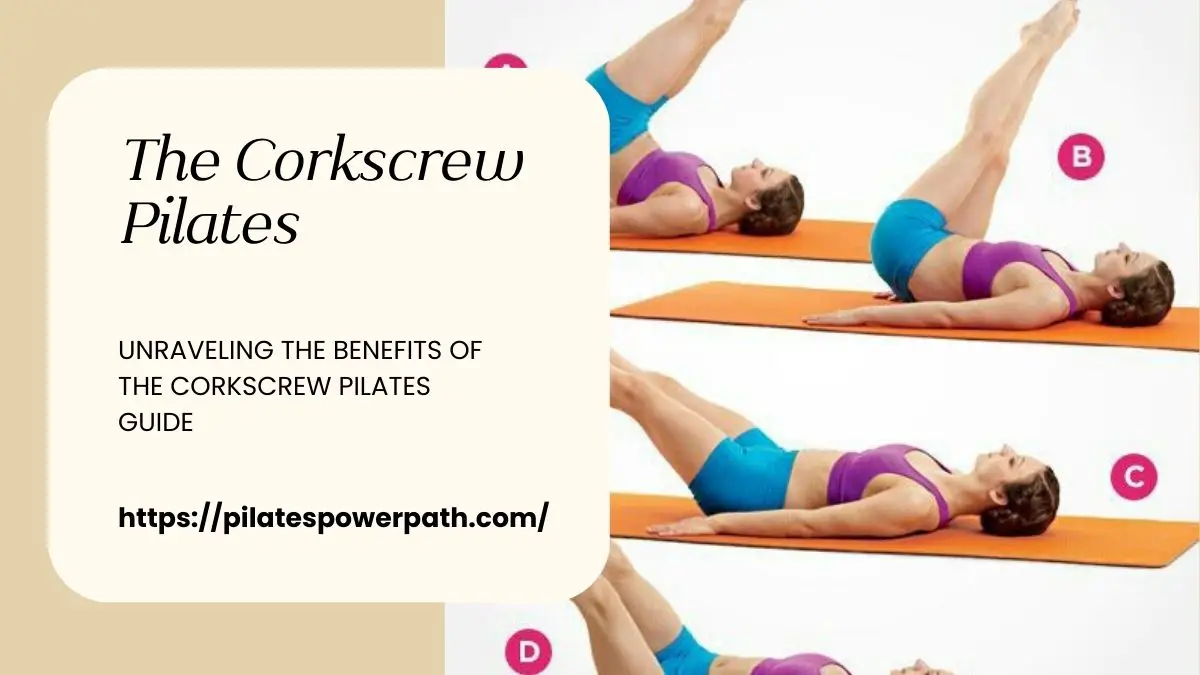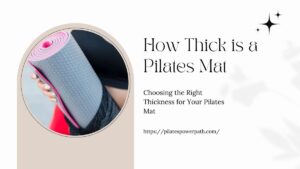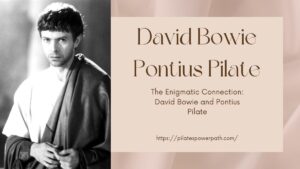Welcome to the world of Pilates, where mindful movement meets holistic fitness. In this comprehensive guide, we’ll dive into the intricacies of a particular Pilates exercise known as The Corkscrew. Pilates has long been celebrated for its transformative effects on both the body and mind and The Corkscrew is no exception. This dynamic movement not only challenges your physical strength but also uniquely engages your core, promoting flexibility, stability, and mental clarity. Join us on this journey as we explore the origins, benefits, and practical aspects of The Corkscrew Pilates.
Understanding The Corkscrew Pilates
Origins and Evolution
The Corkscrew is deeply rooted in the history of Pilates, a fitness methodology developed by Joseph Pilates in the early 20th century. Initially designed to rehabilitate injured dancers, Pilates has evolved into a popular exercise system embraced worldwide. The Corkscrew, a dynamic rotational movement, showcases the evolution of Pilates, emphasizing the integration of strength and fluidity in motion.
Read More: Exploring the Wit and Wisdom of Funny Pilates Quotes
Specific Movements Explained
The Corkscrew is characterized by its twisting and spiraling movements, engaging the muscles along the spine, shoulders, and core. Initiated from a supine position, the exercise involves lifting the legs overhead, creating a corkscrew-like motion. The controlled movements not only target the abdominal muscles but also enhance spinal mobility and coordination. Understanding the nuances of these movements is crucial for reaping the full benefits and preventing injury.
Importance of Proper Form
As with any Pilates exercise, maintaining proper form is paramount in The Corkscrew. The emphasis on precision and control distinguishes Pilates from other workout routines. Proper alignment ensures that the targeted muscle groups are activated while minimizing strain on the joints. Engaging a certified Pilates instructor or following instructional videos with detailed cues can significantly contribute to mastering the correct form and technique.
The Core Connection
Focus on Core Engagement
At the heart of The Corkscrew is its profound impact on core strength. Pilates, in general, is renowned for its focus on the powerhouse—the core muscles that include the abdominals, lower back, and pelvic floor. The Corkscrew takes this emphasis to the next level by incorporating twisting and rotational movements, challenging the core in multiple planes of motion.
Benefits of Core Strengthening
A robust core is not just about aesthetics; it forms the foundation for overall physical well-being. The Corkscrew’s unique activation of the core muscles contributes to improved posture, enhanced stability, and better balance. As the core becomes stronger, daily activities become more manageable, reducing the risk of back pain and injury. The Corkscrew, therefore, becomes a key player in cultivating a strong, resilient core.
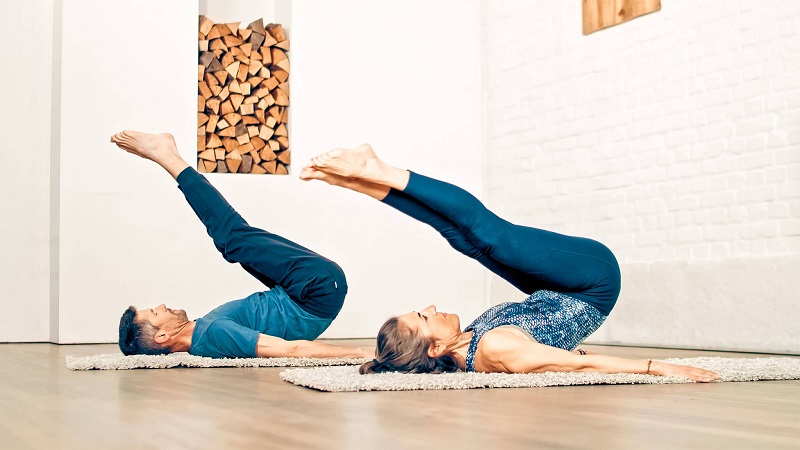
Contribution to Overall Body Stability
Beyond core strength, The Corkscrew promotes stability throughout the entire body. The controlled leg movements and spinal articulation required in this exercise engage various muscle groups, fostering a harmonious balance between strength and flexibility. This increased stability has a ripple effect, positively influencing other aspects of physical fitness and movement patterns.
Unveiling the Physical Benefits
Improved Flexibility and Range of Motion
One of the standout benefits of The Corkscrew Pilates is its impact on flexibility. The twisting and rotational nature of the exercise facilitates a broad range of motion in the spine, hips, and shoulders. As the body becomes more flexible, day-to-day activities become smoother, and the risk of injury from restricted movement decreases.
Muscle Toning and Sculpting
The Corkscrew doesn’t just target the core; it engages various muscle groups throughout the body. The controlled movements work the legs, arms, and back muscles, contributing to overall muscle toning and sculpting. This holistic approach to muscle engagement ensures a balanced and aesthetically pleasing physique.
Enhancing Posture and Body Awareness
Posture is often a casualty of our sedentary lifestyles, leading to issues like back pain and discomfort. The Corkscrew addresses this by promoting spinal alignment and awareness. As practitioners become more attuned to their body’s movements, they naturally adopt better posture in everyday activities, alleviating strain on the spine and reducing the risk of chronic pain.
Mental Well-being and The Corkscrew
Mind-Body Connection in Pilates
Pilates is renowned for its emphasis on the mind-body connection, and The Corkscrew is no exception. The deliberate and controlled movements require a heightened level of concentration, fostering a deeper connection between the mind and body. This mindfulness aspect sets Pilates apart as a holistic exercise method with benefits beyond the physical.
Stress Reduction and Mental Clarity
In the hustle and bustle of daily life, finding moments of serenity is crucial for mental well-being. The mindful nature of Pilates, including The Corkscrew, provides a respite from the chaos. As practitioners focus on breath control and precise movements, stress levels diminish, and mental clarity emerges. This mental rejuvenation is a valuable complement to the physical benefits of The Corkscrew.
The Role of Breath Control
Central to the Pilates philosophy is the integration of breath with movement. The Corkscrew places particular emphasis on coordinated breathing, syncing inhalations and exhalations with specific phases of the exercise. This intentional breathing not only enhances oxygenation of the body but also promotes a calming effect on the nervous system, further contributing to mental well-being.
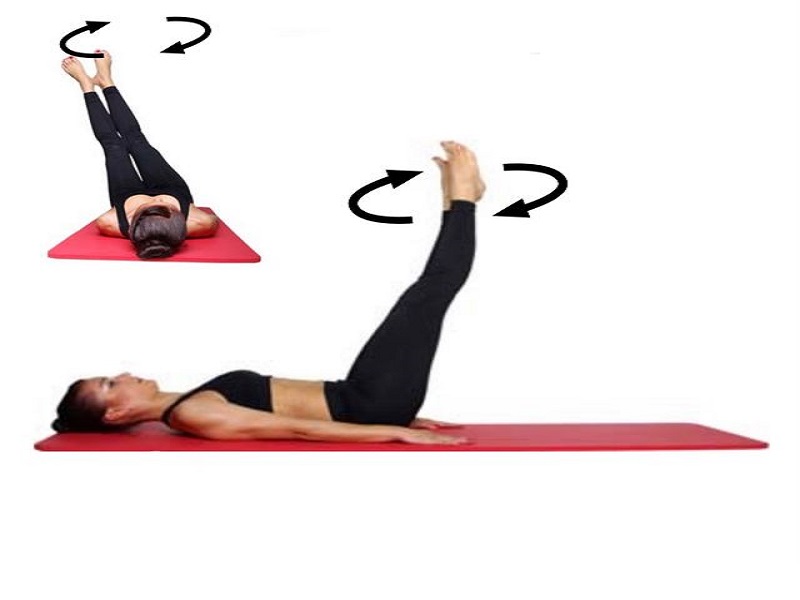
Who Can Benefit from The Corkscrew Pilates?
Suitable for Various Fitness Levels
One of the beauties of Pilates, including The Corkscrew, is its adaptability to different fitness levels. Whether you’re a Pilates enthusiast or a beginner looking to explore its benefits, The Corkscrew can be tailored to suit your proficiency. Modifications and progressions ensure that individuals of varying abilities can engage in this dynamic exercise.
Modifications for Beginners and Advanced Practitioners
For those new to Pilates, The Corkscrew may initially seem challenging. However, with the guidance of a certified instructor or by following beginner-friendly variations, beginners can gradually build the strength and coordination needed for this exercise. On the other hand, advanced practitioners can explore variations and intensify the challenge, ensuring that The Corkscrew remains a versatile and evolving component of their workout routine.
Adapting The Corkscrew for Specific Health Conditions
Pilates, including The Corkscrew, is known for its rehabilitative potential. Individuals with specific health conditions, such as lower back pain or joint issues, can often benefit from modified versions of The Corkscrew tailored to their needs. Consulting with a healthcare professional or a qualified Pilates instructor can provide personalized guidance to ensure a safe and effective practice.
Incorporating The Corkscrew into Your Routine
Integration into a Pilates Session
Whether you’re attending a Pilates class or practicing at home, integrating The Corkscrew into your routine can add a dynamic element to your workout. In a typical Pilates session, The Corkscrew may be sequenced after foundational exercises to capitalize on the warmed-up muscles and increased body awareness. Practitioners can also incorporate variations and repetitions based on their fitness goals.
Frequency and Duration Recommendations
The frequency and duration of incorporating The Corkscrew into your routine can vary based on your fitness level and goals. For beginners, starting with 2-3 sessions per week and gradually increasing frequency is advisable. Each session can include 8-10 repetitions of The Corkscrew, ensuring proper form and control. Advanced practitioners may choose to include The Corkscrew in their routine more frequently, incorporating variations for added challenge.
Complementary Exercises for a Well-rounded Workout
While The Corkscrew offers a myriad of benefits, a well-rounded Pilates routine should encompass a variety of exercises to address different muscle groups and movement patterns. Complementary exercises, such as the Hundred, Roll-Up, and Swan, can be incorporated to create a comprehensive full-body workout. This approach ensures a balanced development of strength, flexibility, and control.
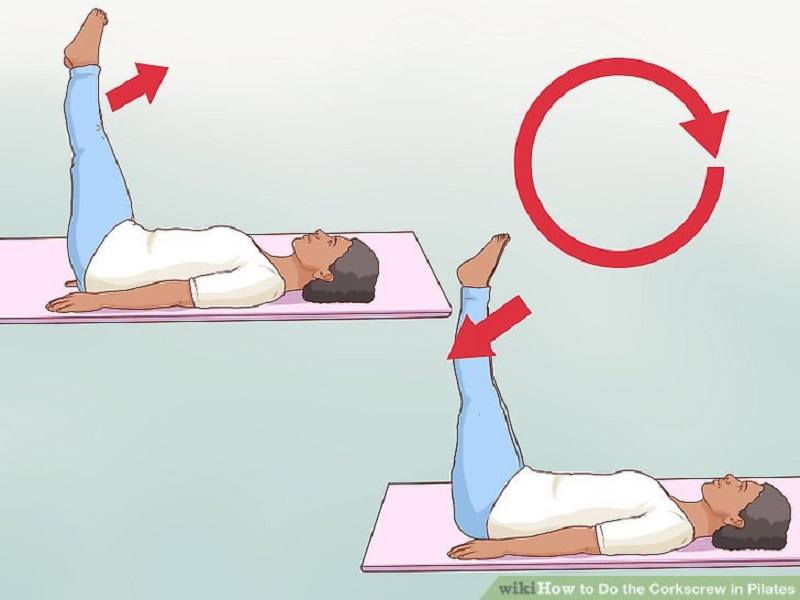
Expert Tips and Common Mistakes
Guidance from Pilates Instructors
To master The Corkscrew and fully harness its benefits, seeking guidance from certified Pilates instructors is invaluable. Instructors bring a wealth of knowledge and experience, offering personalized corrections and modifications to suit individual needs. Attending regular classes or virtual sessions with a qualified instructor can enhance your understanding of The Corkscrew and elevate your overall Pilates practice.
Common Errors to Avoid for Maximum Effectiveness
As with any exercise, there are common mistakes that individuals may inadvertently make during The Corkscrew. These can include rushing through the movements, neglecting proper spinal alignment, or relying too heavily on momentum. To maximize the effectiveness of The Corkscrew and prevent potential injury, attention to detail is crucial. Pilates instructors often emphasize the importance of controlled, deliberate movements and provide cues to address common errors.
Troubleshooting for Challenges During Practice
It’s not uncommon to face challenges when learning a new exercise, and The Corkscrew is no exception. Individuals may experience difficulty coordinating the twisting motion or feel strain in certain areas. Pilates instructors are adept at troubleshooting such challenges, offering modifications and guidance to address specific issues. Listening to your body, progressing at your own pace, and seeking professional advice when needed are key components of a successful Pilates journey.
Conclusion
As we conclude our exploration of The Corkscrew Pilates, it’s evident that this dynamic exercise is more than just a workout—it’s a journey toward holistic well-being. From its historical roots to the physical and mental benefits it offers, The Corkscrew stands out as a powerful tool in the Pilates arsenal. Whether you’re a seasoned Pilates practitioner or a curious beginner, incorporating The Corkscrew into your routine has the potential to unlock new levels of strength, flexibility, and mindfulness.
FAQs (Frequently Asked Questions)
Absolutely! While The Corkscrew may seem challenging at first, beginners can start with modified versions and gradually progress as they build strength and coordination. It’s advisable to seek guidance from a certified Pilates instructor to ensure proper form.
Yes, The Corkscrew, with its emphasis on core engagement and spinal mobility, can be beneficial for individuals with back pain. However, it’s crucial to consult with a healthcare professional or Pilates instructor to tailor the exercise to individual needs and conditions.
The frequency of practicing The Corkscrew depends on individual fitness levels and goals. Beginners may start with 2-3 sessions per week, while advanced practitioners can incorporate it more frequently. It’s essential to listen to your body and progress at a pace that feels comfortable and sustainable.

